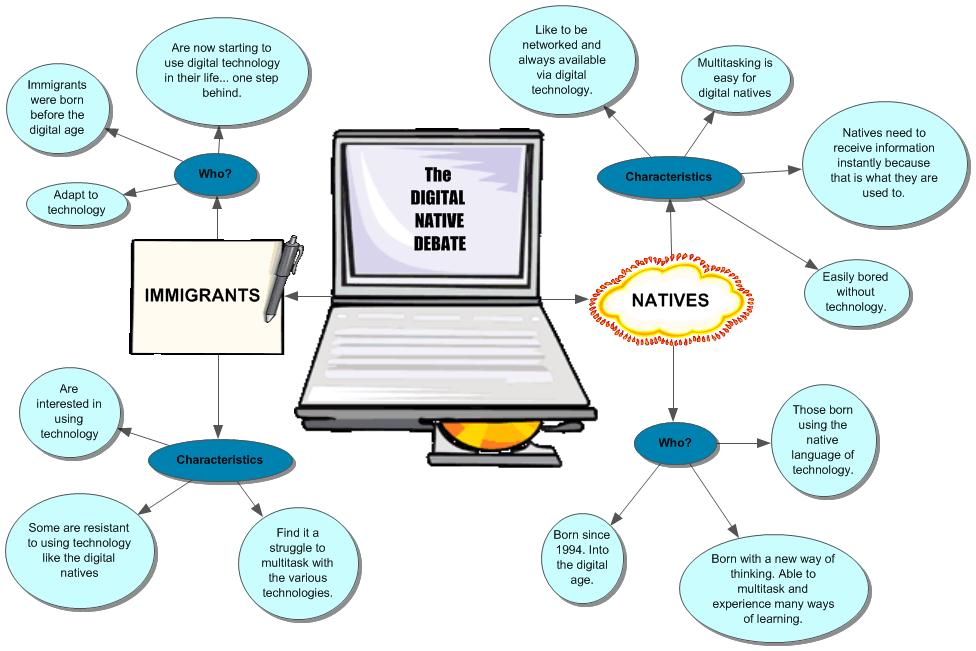What Digital Literacy Looks Like in a Classroom


If students are “glued” 24/7 to their mobile devices, why is it necessary for schools to teach digital literacy? Who should teach it? And wait … what does it even mean to be “digitally literate”?
If these are questions you’ve heard or asked, you aren’t alone. Many educators struggle to understand their evolving role in teaching and using technology in their classrooms. Most importantly, many of us wrestle with how technology is shifting the way kids learn.
The New York Department of Education defines digital literacy as “having the knowledge and ability to use a range of technology tools for varied purposes.” Digitally literate people are those who “can use technology strategically to find and evaluate information, connect and collaborate with others, produce and share original content, and use the Internet and technology tools to achieve many academic, professional, and personal goals.”
Most teachers recognize those skills as critical for 21st-century learning. But before teachers and students dive into using technology in class, we should discuss why a digital literacy curriculum is necessary.
The Myth of ‘Digital Natives’
Many adults think that because children have been immersed in a technology since a young age, they are naturally “literate” or skilled in using technology. Younger generations have been labeled “digital natives” while older generations are “digital immigrants.” Some research suggests this labeling is outright false—students are no more literate with devices than their so-called digital immigrant parents.
Creating a Digital Literacy Curriculum
Like traditional literacy, students and adults alike benefit from guidance, instruction, and practice. Educators should define essential skills and steps for helping students navigate their devices (and the unfettered world of the Internet). It’s also important to take appropriate steps toward digital literacy based on children’s stage of development. Common Sense Media has developed a scope and sequence curriculum to help teachers and districts formalize digital literacy instruction.
Teachers should also help students develop healthy habits and attitudes when using technology. Educators need to take an active role in helping them understand the benefits, dangers, and opportunities technology provides.









